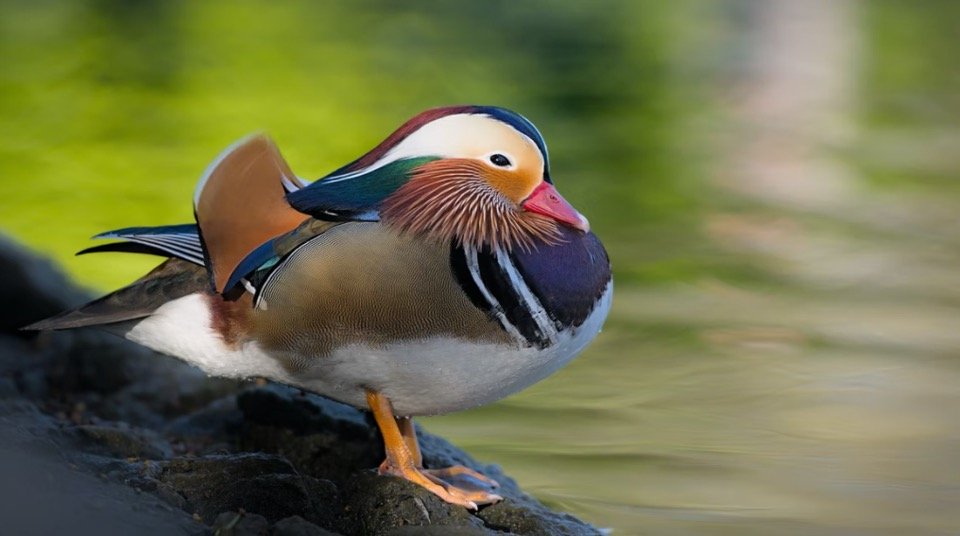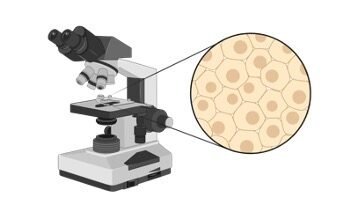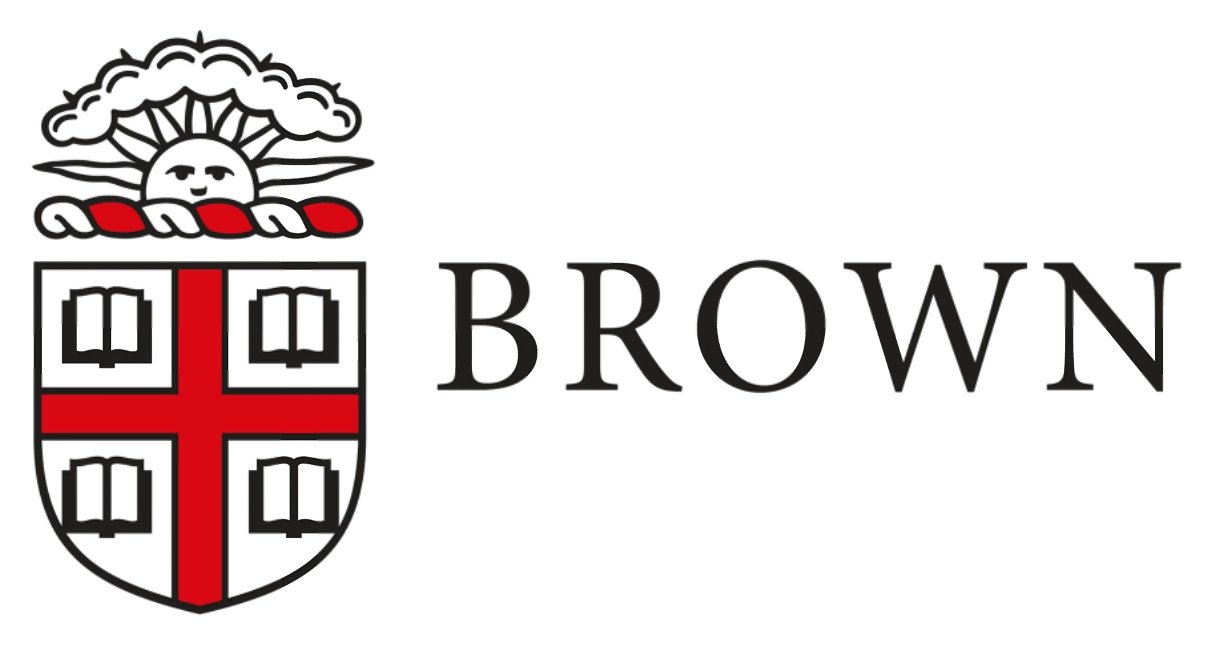Mandarin Duck Classification
Kingdom: Animalia
Phylum: Chordata
Class: Aves
Order: Anseriformes
Family: Anatidae
Genus: Aix
Species: Aix galericulata

Mandarin Duck Description
Aix galericulata or the Mandarin duck is also known as yuan-yang in Chinese. The bird is native to China, Japan, and Siberia and closely related to the North American wood duck. Mandarin duck is a beautiful bird where the male is more colorful than the female and has quite striking plumage like most other duck species.
The male mandarin duck has a red/ orange face with a white crescent above his eyes. It consists red bill and the rest of his plumage is red, orange, brown, purple, and green colored.
The male also consists of a sail of feathers in his back during the breeding season. While female ducks have brown and grey feathers and a light bill, which has a tinge of pink. Female also consist a white eye-ring.
Mandarin Duck Habitat and Nesting
The mandarin ducks live in pools, rivers, lakes, marshes, fast-flowing streams, and swamps surrounded by dense forests. The courtship rituals in mandarin ducks are much elaborated. At a beginning of the mating season, these ducks form pairs and look for a nest.
The female is accompanied by the male on this nest hunt. The nest of the ducks can be up to 32.8 feet above ground in a hole in a tree. Nine and twelve eggs laid by the female at a time. The eggs are incubated for up to four weeks.
The eggs hatch within a few hours of each other. The mother will coax them out of the nest by calling to them from the ground. Before the move to feeding grounds, the chicks will free fall to the ground from the nest.
The chicks are ready to fledge after 45 days after hatching and will fly off to join another flock. Habitat destruction is the main threat to the Mandarin duck populations. The predators include raccoons, minks, eagles, snakes, and otters.
Fun Facts About Mandarin Duck!
The fascinating plumage of Mandarin ducks makes them the most beautiful duck species. In China, Japan, and Korea, it is presented as a symbol of love and fidelity because they often form long bonds with their partner.
Mandarin ducks sometimes form pairs for life and usually, they pair up for several breeding seasons. These ducks also show several interesting biological concepts. Let’s understand and take a closer look at these concepts.
i. ZW Sex-determination System
Sex is determined by the presence of specific chromosomes in humans and other animal species. For instance, humans have an XY system of chromosomes in which the sex is determined by a pair of chromosomes in an individual.
The females have two homologous chromosomes (XX) while the males have two different types of chromosomes (XY). The Mandarin ducks have a ZW sex-determination system like most other birds. This system is different from the XY system in most mammals.
Besides birds, the ZW system is also observed in several species of fish, crustaceans, and some insects such as moths and butterflies. The ZW system of sex- determination is relatively widespread in nature.
ii. Males Molt After Breeding
During the incubation period, the male duck stays around the female while once the eggs hatch, he leaves the female to rear the chicks and he molts and sheds his colorful plumage. During this time, the male is unable to fly because he also sheds his primary flight feathers.
During this time, the male also resembles a female because his bright plumage is gone and only brown and grey color remains. Thus he blends with his environment and also hides from its predators.
iii. Dabbling Ducks
Dabbling ducks include eight genera and 50-60 species, which also includes Mandarin ducks. However, there are many differences between these ducks and other duck species but they are named after the way they feed.
These ducks usually live in shallow waters such as flooded fields and marshes. Instead of diving, they feed by tipping up in the water and their rear end out of the water with their head down.
Their feeding manner is defined as dabbling in which they move their bill around in the water. They have flat, broadbills and float high on the surface of the water. This way of feeding helps them to feed on small insects living on the surface of the water and to forage through floating algae and plants.
The legs of dabbling ducks are more central than the diving ducks that helping them to walk well on land thus they can also graze. The dabbling ducks are strong fliers and able to take a flight straight from the water, unlikea diving ducks.
Mandarin Duck Citations
Mandarin Duck: https://ebird.org/
Share












